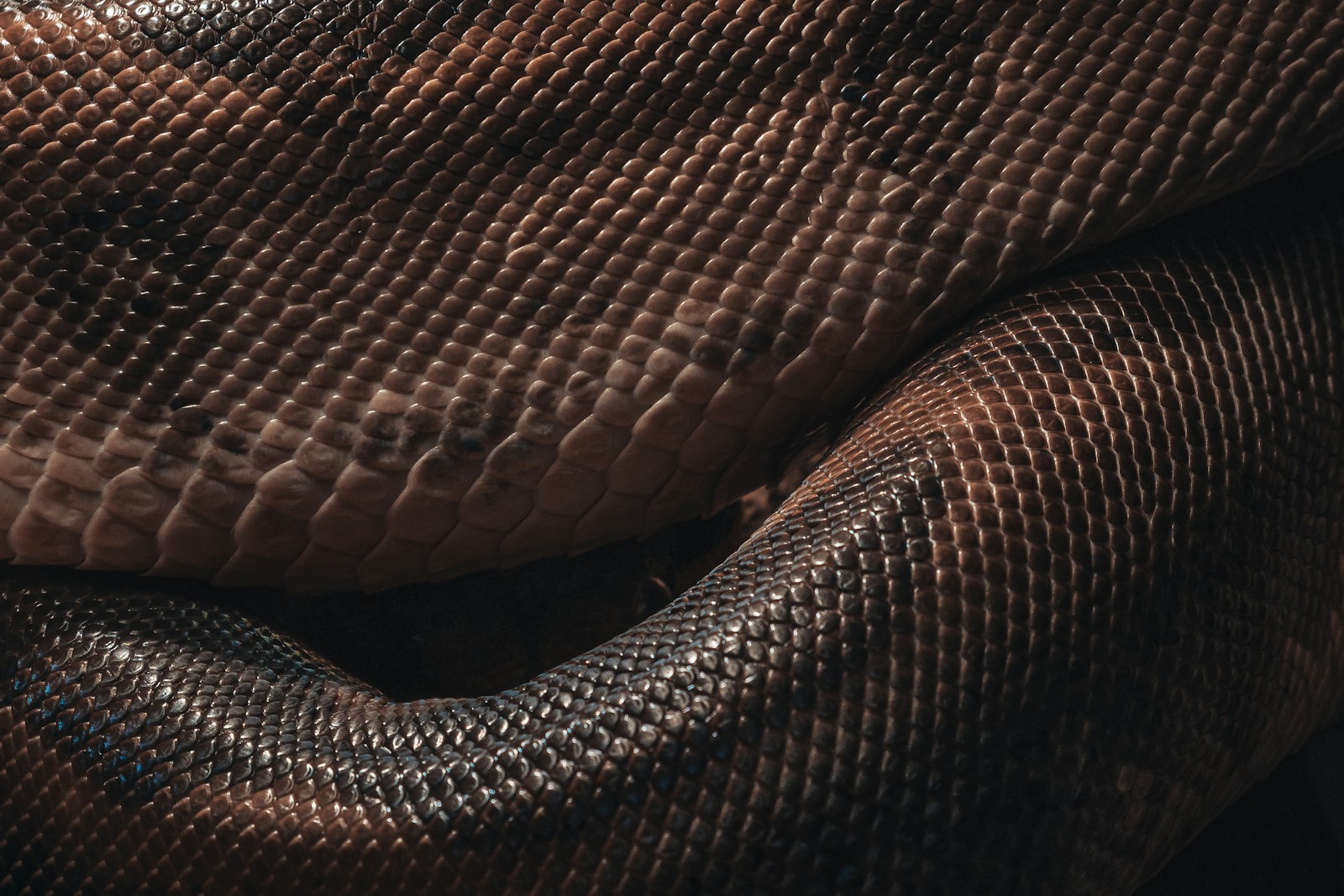Maintaining your pet snake at a healthy weight is a critical aspect of responsible ownership that directly impacts their overall health, longevity, and quality of life. Unlike mammals whose weight changes might be more obvious, detecting whether your serpentine companion is carrying too much or too little weight requires careful observation and knowledge of species-specific indicators. Weight imbalances in snakes can lead to serious health complications – obesity might cause organ strain and reproductive issues, while underweight conditions often signal underlying illness or improper husbandry. This comprehensive guide will help you recognize the signs of weight problems in your snake and provide actionable steps to address these concerns, ensuring your scaly friend maintains optimal health throughout their life.
Understanding Healthy Snake Body Condition
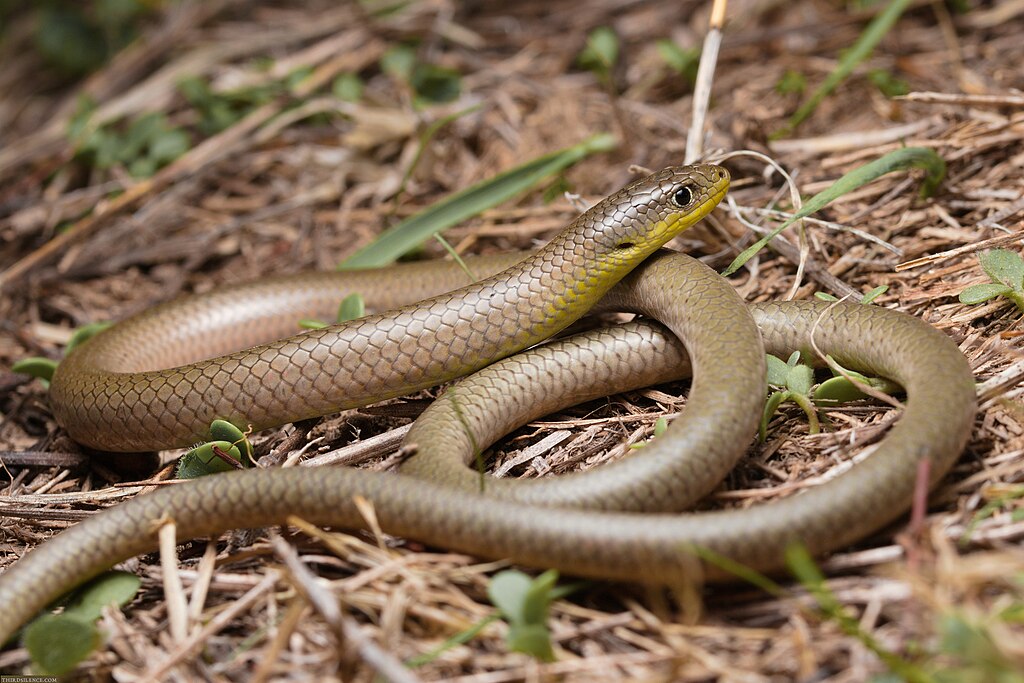
A healthy snake typically displays a body that is neither too round nor too flattened when viewed from a cross-sectional perspective. The ideal body shape for most snake species resembles a rounded triangle or a loaf of bread, with a gentle curve from the spine down to the sides, creating a subtle triangular appearance. When held, a healthy snake should feel solid and muscular, with good tone and resistance when they move through your hands. Species variations exist—for example, tree-dwelling species like emerald tree boas naturally appear more slender than ground-dwelling pythons—but the principles of muscle tone and proportionate shape apply universally. Familiarizing yourself with what’s normal for your specific snake species forms the foundation for accurately assessing any concerning weight changes.
Signs of an Overweight Snake
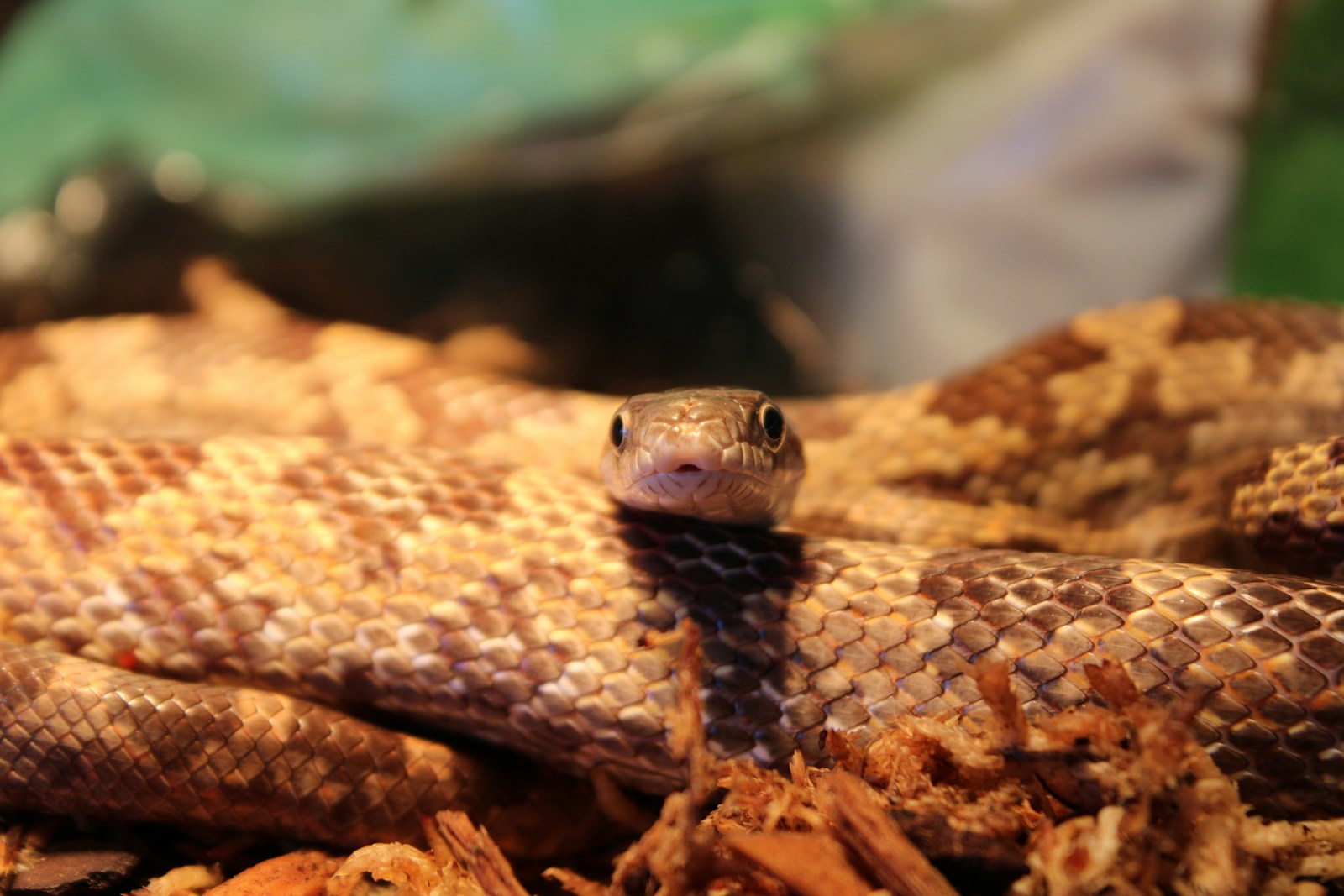
An overweight snake typically exhibits several distinctive physical characteristics that differentiate it from a healthy specimen. The most obvious sign is a rounded, balloon-like body shape where the cross-section appears almost circular rather than the healthy triangular form, with fat deposits creating noticeable bulges along the length of the body. Scale spreading is another key indicator, where the scales appear stretched apart, revealing the skin between them, particularly evident when your snake is moving or bending. Overweight snakes often develop visible skin folds around the neck region or where the body meets the tail, resembling a “collar” of excess tissue. Additionally, you might notice your snake moving more sluggishly or having difficulty climbing or navigating terrain that previously posed no challenge due to the burden of extra weight affecting their mobility and flexibility.
Identifying an Underweight Snake
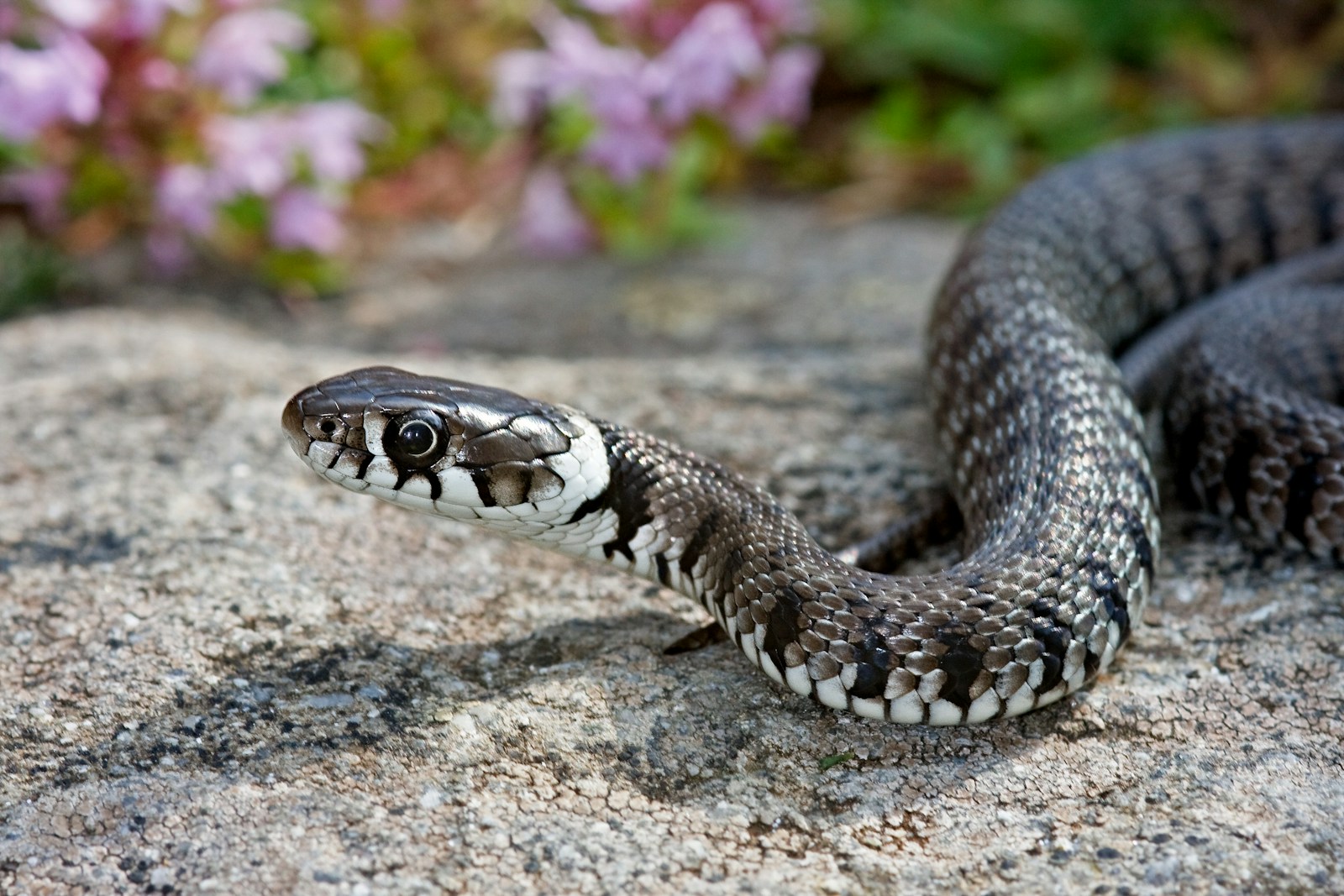
An underweight snake presents with a body condition that appears distinctly concave or angular when viewed from behind, with the spine forming a pronounced ridge along the back. The cross-section resembles more of a triangle with sharply defined edges rather than the gently curved triangle of a healthy snake. You’ll likely notice the muscles along the spine appearing sunken rather than filled out, creating a “caved-in” look along the sides of the body. When handling an underweight snake, you may be able to feel individual vertebrae protruding more prominently than would be normal, and the animal might feel less substantial in your hands, lacking the expected muscle tone and body mass. Additionally, underweight snakes often display less strength during handling and may seem generally lethargic or disinterested in their environment, though these behavioral signs can indicate other health issues as well.
Using the Body Shape Test

The body shape test is a simple yet effective method to quickly assess your snake’s weight condition by examining its cross-sectional profile. To perform this test, view your snake from directly behind while it’s resting on a flat surface, observing the shape formed from spine to belly. A healthy snake will display a gently rounded triangular shape, with the widest part at the base (belly) and tapering upward to the spine without sharp angles. An overweight snake will appear more circular or rounded, losing much of the triangular definition, while an underweight snake will show an excessively angular triangle with visible concavity between the spine and sides. For larger snakes like pythons or boas, you can also gently and safely lift the mid-body section a few inches and observe how it maintains its shape—a healthy snake will hold some muscular form, an obese one will sag outward significantly, and an underweight specimen might collapse inward.
The Muscle Tone Assessment
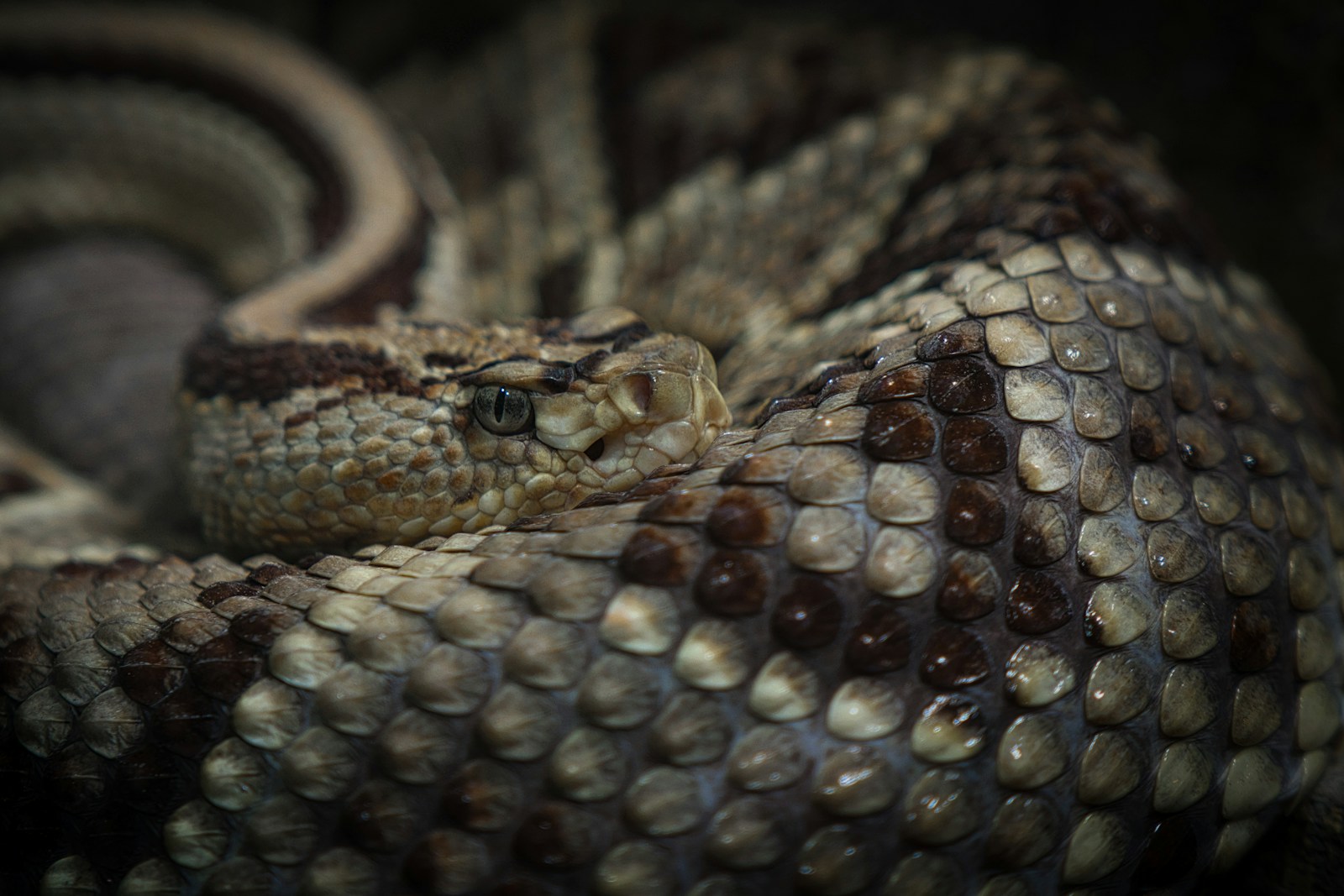
Evaluating your snake’s muscle tone provides valuable insight into its overall body condition and weight status. When handling your snake, pay attention to how it feels when it moves through your hands or wraps around your arm—a healthy snake should feel firm and muscular, offering meaningful resistance as it moves. An overweight snake often feels soft and doughy to the touch, with less defined muscle structure beneath a layer of excess fat, and might not grip as firmly despite its increased size. Conversely, an underweight snake typically feels bony and lacks substantial muscle mass, with little resistance when handled and possibly a weak grip if it’s a constricting species. The tail base is particularly telling—in a properly weighted snake, this area transitions smoothly from body to tail, while an overweight snake shows a bulging transition and an underweight one displays an abrupt narrowing or bony protrusion at this junction.
Species-Specific Considerations
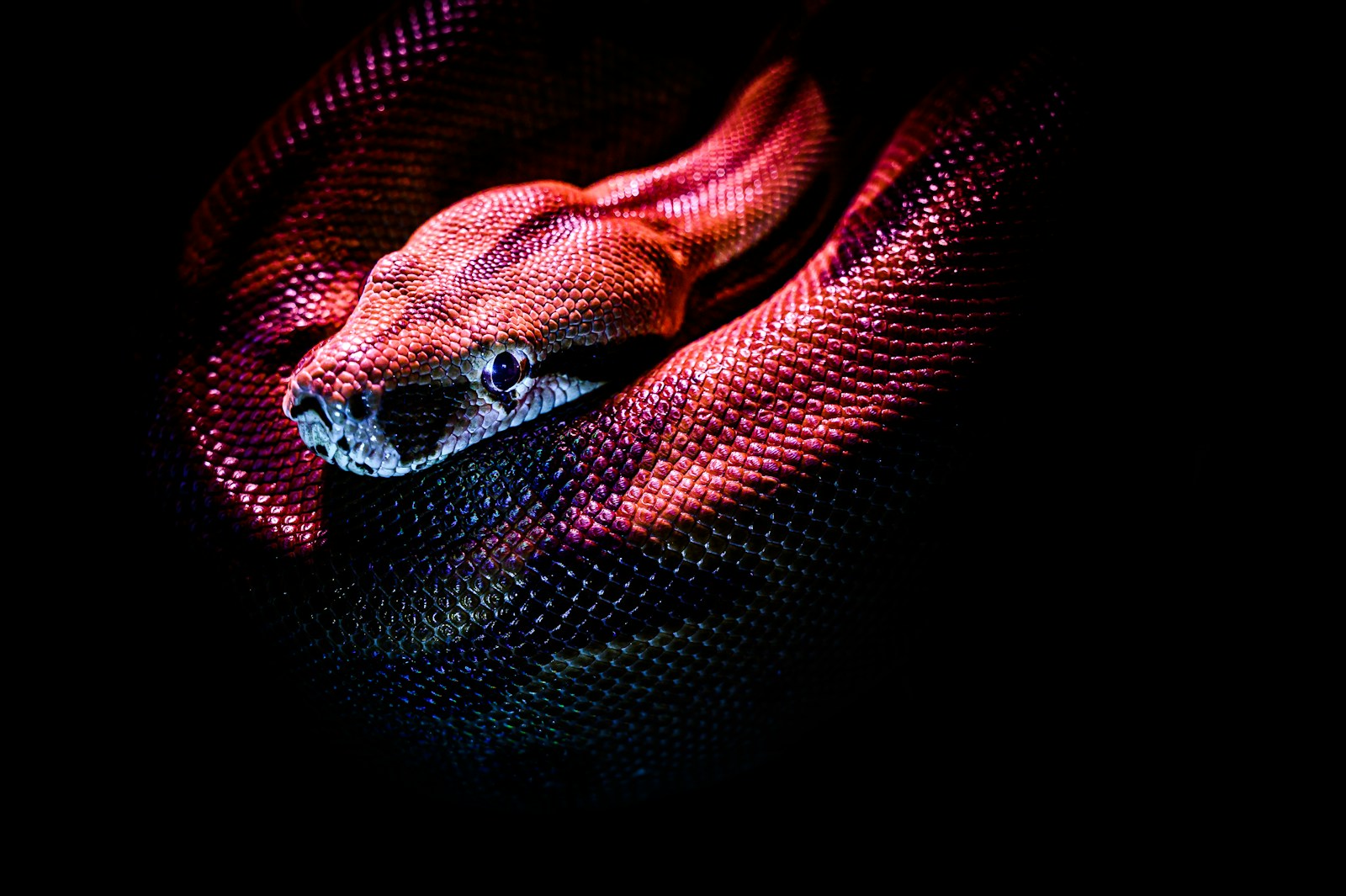
Different snake species have evolved distinct body types that must be considered when evaluating weight status. Arboreal species like vine snakes and green tree pythons naturally maintain a more slender profile even when healthy, as their lifestyle requires them to navigate narrow branches and foliage. Conversely, terrestrial ambush predators such as ball pythons and boa constrictors typically present with a stouter, more substantial build that helps them maintain body heat and survive longer periods between meals. Some specialized hunters like king cobras display a naturally athletic, muscular build, while burrowing species often have more cylindrical bodies adapted for underground movement. Sexual dimorphism further complicates assessment—in many species, females tend to be larger and slightly more robust than males of equal health, particularly in breeding condition. These natural variations make it essential to research your specific species’ healthy appearance rather than applying general standards across all snakes.
Monitoring Weight Through Records
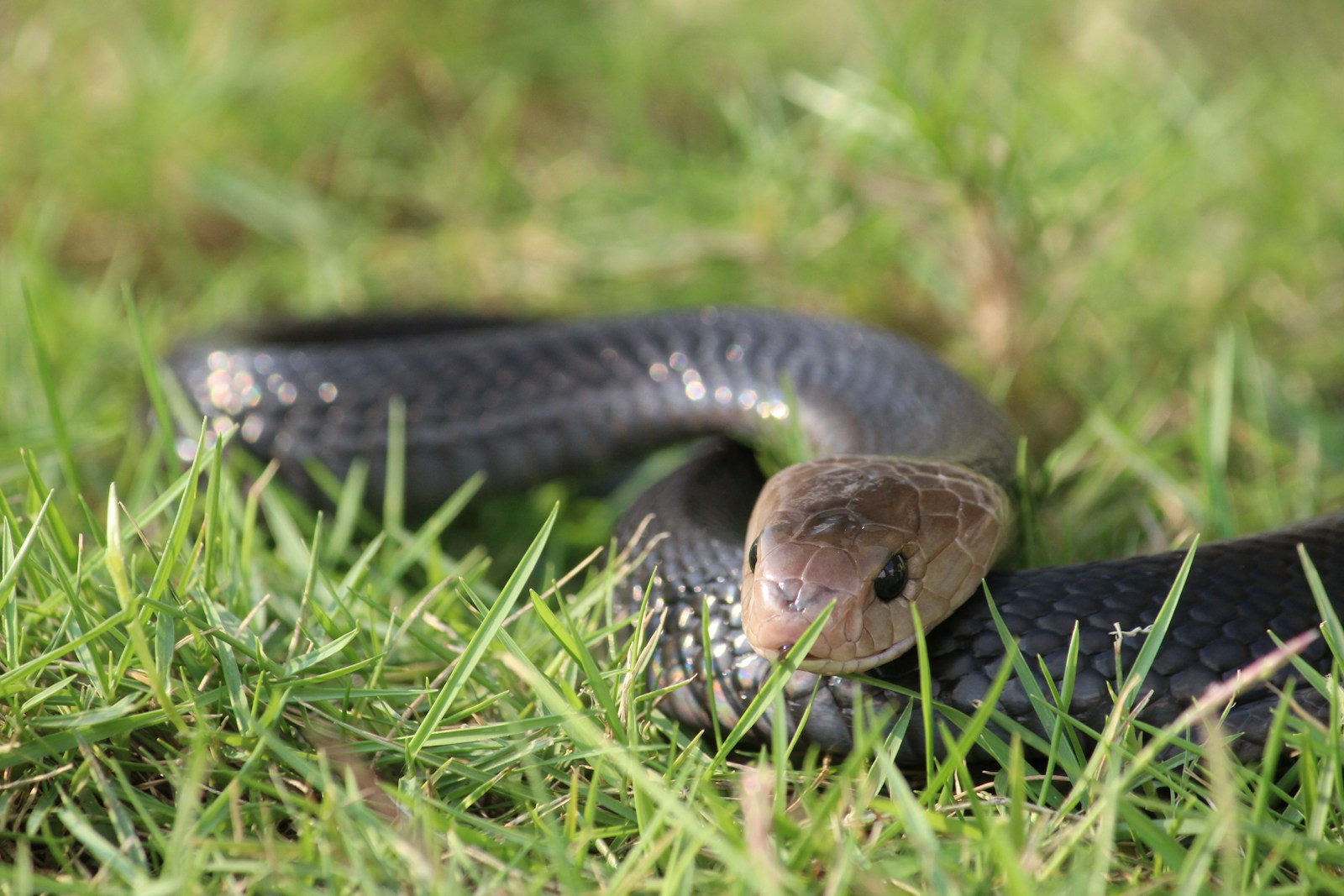
Maintaining detailed weight records provides an objective measurement system that can reveal gradual changes before they become visually apparent. Invest in a reliable digital scale appropriate for your snake’s size, and weigh your pet at consistent intervals—monthly for growing juveniles and quarterly for established adults. Create a dedicated log where you record not just the weight but also the date, recent feeding information, and any notable observations about behavior or appearance. This systematic approach allows you to establish a baseline of what’s normal for your individual snake and easily identify concerning trends. Weight fluctuations of 10% or less between regular measurements are generally considered normal, while consistent losses or gains beyond this threshold warrant closer attention. Remember that healthy weight gain in juveniles follows a predictable growth curve that gradually plateaus, while adult snakes should maintain relatively stable weights with only minor seasonal variations.
Behavioral Indicators of Weight Issues
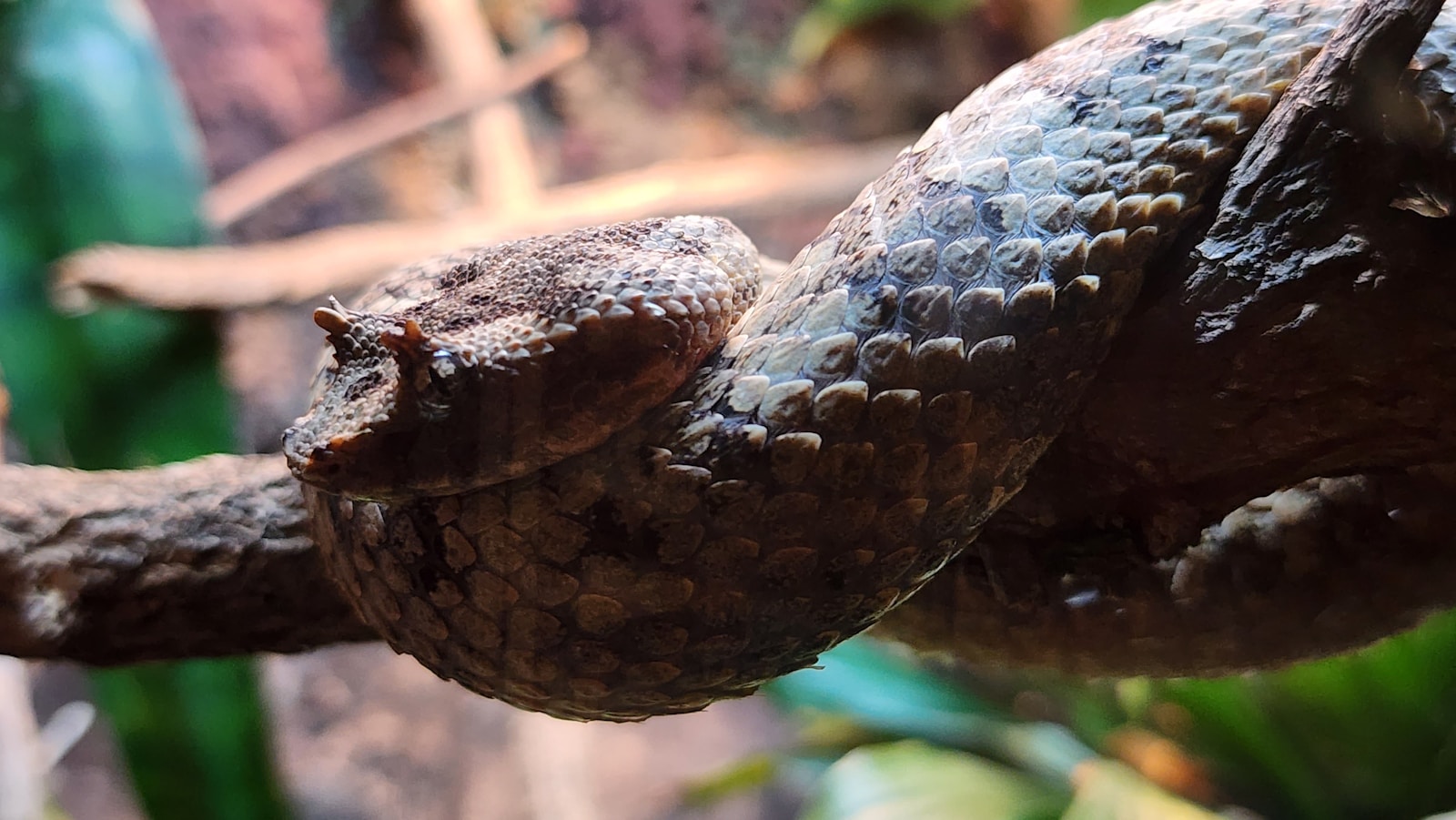
A snake’s behavior often reveals important clues about its weight status and overall health condition. Overweight snakes frequently display reduced activity levels, spending excessive time immobile even during their typical active periods, and may show reluctance to climb or explore vertical spaces they previously navigated with ease. Breathing difficulties manifesting as wheezing or open-mouth breathing during mild activity can indicate obesity putting pressure on the respiratory system. Conversely, underweight snakes might demonstrate abnormal feeding behaviors—either excessive hunger and food aggression or, paradoxically, reduced interest in food, depending on the underlying cause of their condition. Lethargy that persists outside of digestion periods, unusual hiding behavior, or significant changes in temperament can signal weight-related discomfort. Additionally, difficulty shedding properly (dysecdysis) can occur in both overweight snakes due to improper scale alignment and underweight snakes due to dehydration or malnutrition, making regular complete sheds another valuable behavioral indicator to monitor.
Causes of Obesity in Captive Snakes
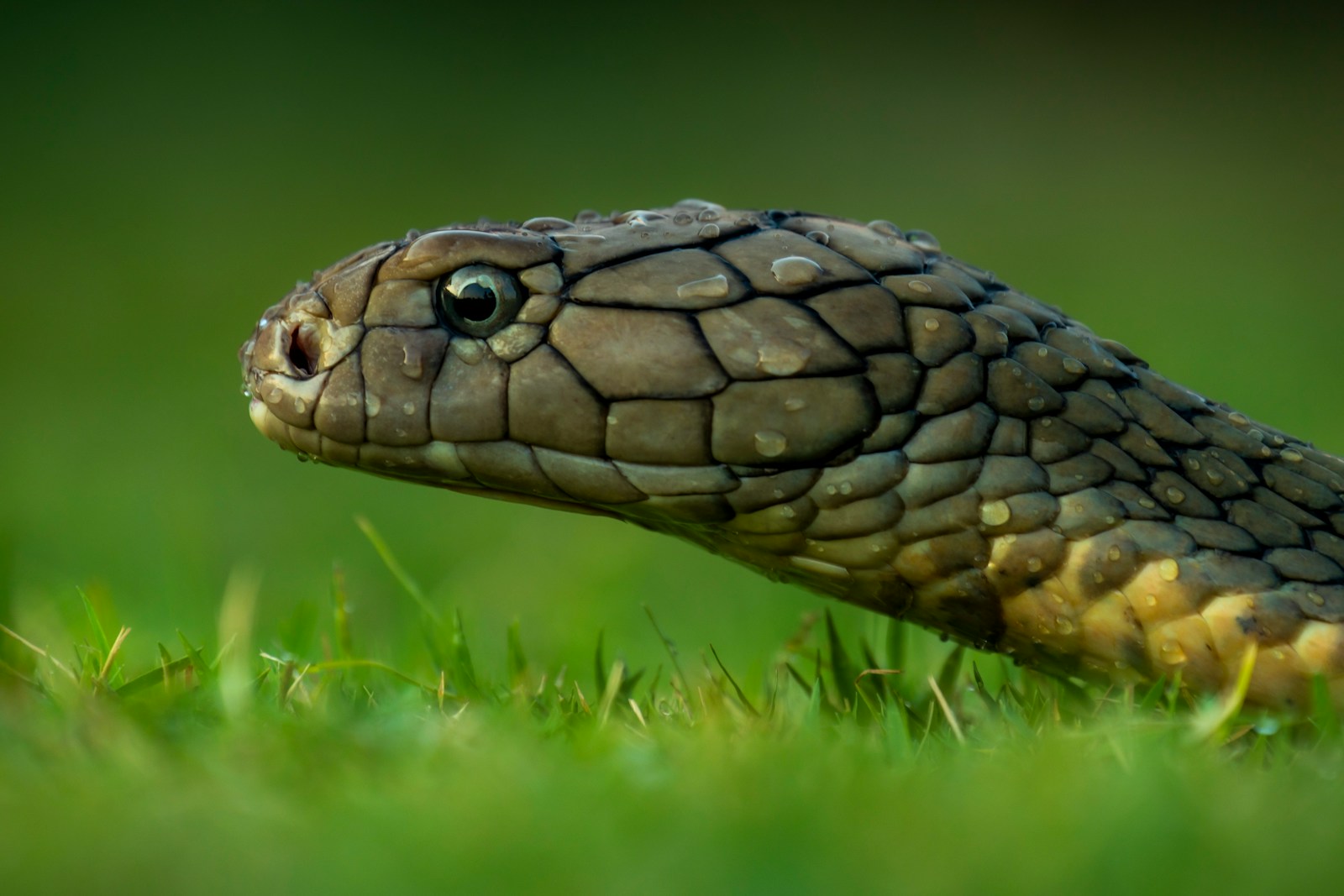
Obesity in captive snakes typically stems from several common husbandry mistakes that well-meaning owners make without realizing their impact. Overfeeding ranks as the primary culprit, with many keepers offering prey items that are too large or feeding too frequently, failing to account for the fact that wild snakes often experience extended periods between successful hunts. Inappropriate prey type can exacerbate the problem—feeding high-fat rodents exclusively rather than offering a variety of prey similar to what the species would encounter naturally provides excess calories without balanced nutrition. Insufficient enclosure space severely limits a snake’s ability to exercise and burn calories, particularly for more active species that cover substantial territory in the wild. Improper temperature gradients within the habitat can disrupt digestion and metabolism, as snakes require specific temperature ranges to properly process their meals. Additionally, some owners inadvertently contribute to obesity by using food as a primary enrichment or bonding tool rather than providing environmental stimulation through proper habitat design and appropriate handling protocols.
Reasons for Underweight Conditions
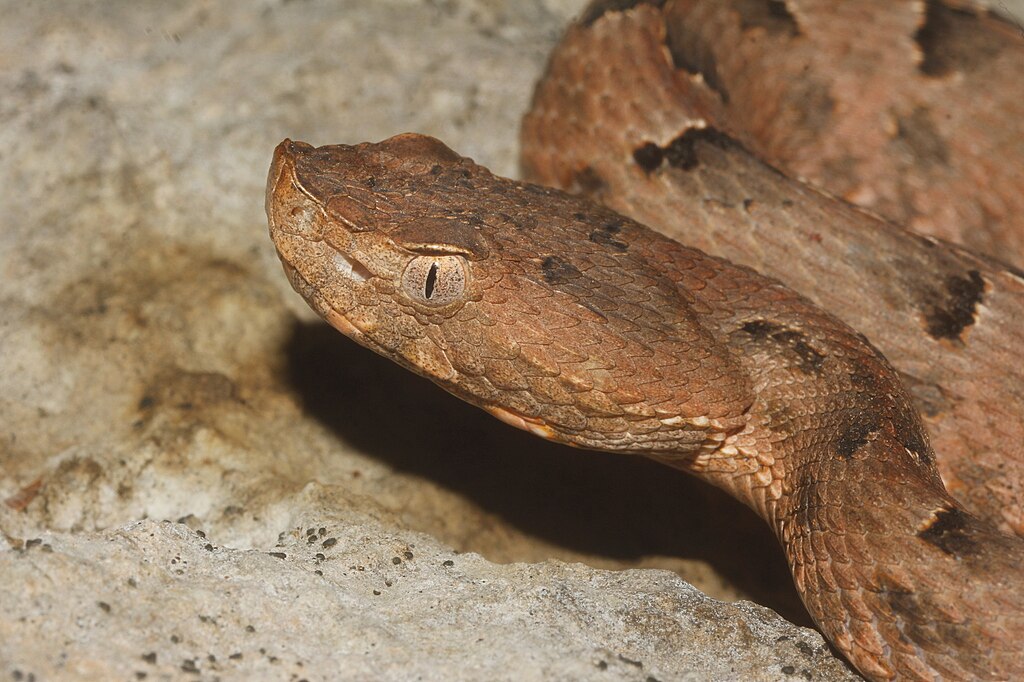
Underweight conditions in snakes can result from numerous factors ranging from husbandry issues to medical concerns. Parasite infestations—both internal parasites like cryptosporidium or nematodes and external parasites such as mites or ticks—can drain nutrients and cause weight loss even when the snake appears to be eating normally. Stress from improper habitat conditions, frequent handling, or the presence of potential predators (including household pets) can suppress appetite and disrupt normal metabolism. Medical conditions including respiratory infections, mouth rot (infectious stomatitis), and organ dysfunction often manifest initially as unexplained weight loss before other symptoms become apparent. Environmental factors like inconsistent or incorrect temperatures prevent proper digestion, as snakes require specific heat levels to efficiently process food. In some cases, particularly with wild-caught specimens, food preference issues may arise where the snake refuses commercially available prey items that differ from their natural diet, leading to self-imposed starvation despite food availability.
Adjusting Diet for Overweight Snakes
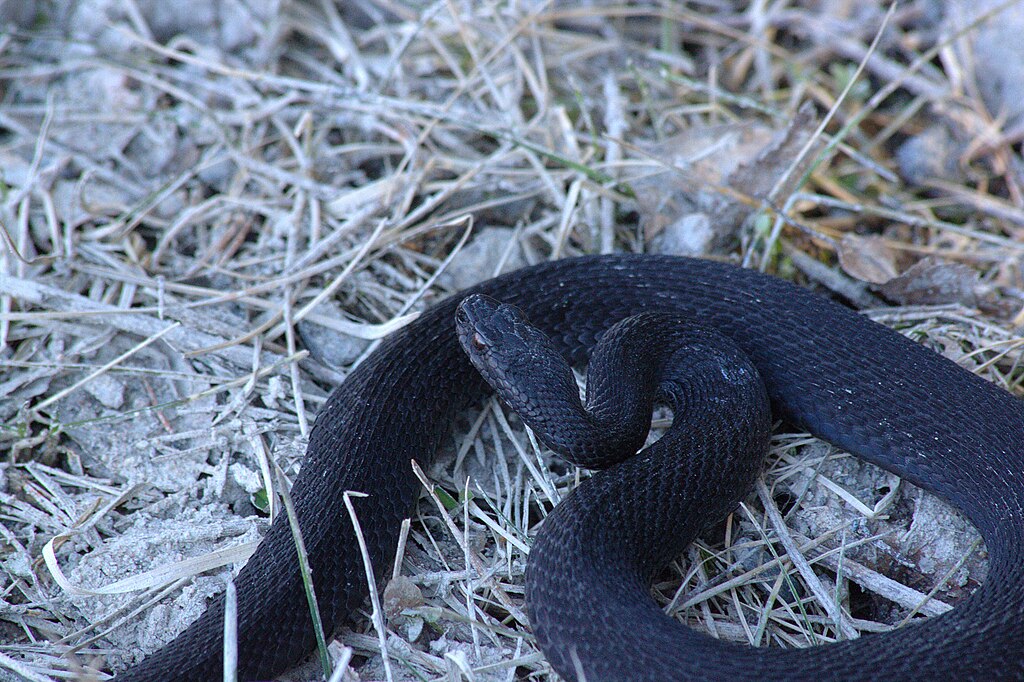
Addressing obesity in snakes requires a methodical approach to diet modification that promotes gradual, healthy weight loss rather than rapid changes that could stress the animal. Begin by reassessing your feeding schedule, reducing frequency to better match the natural eating patterns of your species—for many adult snakes, this might mean extending the interval between feedings from weekly to every 10-14 days. Simultaneously, consider downsizing prey items to approximately 5-10% of your snake’s ideal body weight rather than the 15-20% often fed to growing juveniles. Avoid feeding multiple prey items in a single session, which can lead to overconsumption and digestive stress. Temperature management plays a crucial role in this process—ensure your snake’s enclosure maintains the proper thermal gradient for efficient digestion, as correct temperatures help optimize metabolic function. Throughout this adjustment period, maintain detailed records of feeding dates, prey size, and regular weight measurements to track progress, targeting a very gradual weight reduction of no more than 1-2% of body weight per month to avoid health complications from excessively rapid loss.
Supporting Underweight Snakes
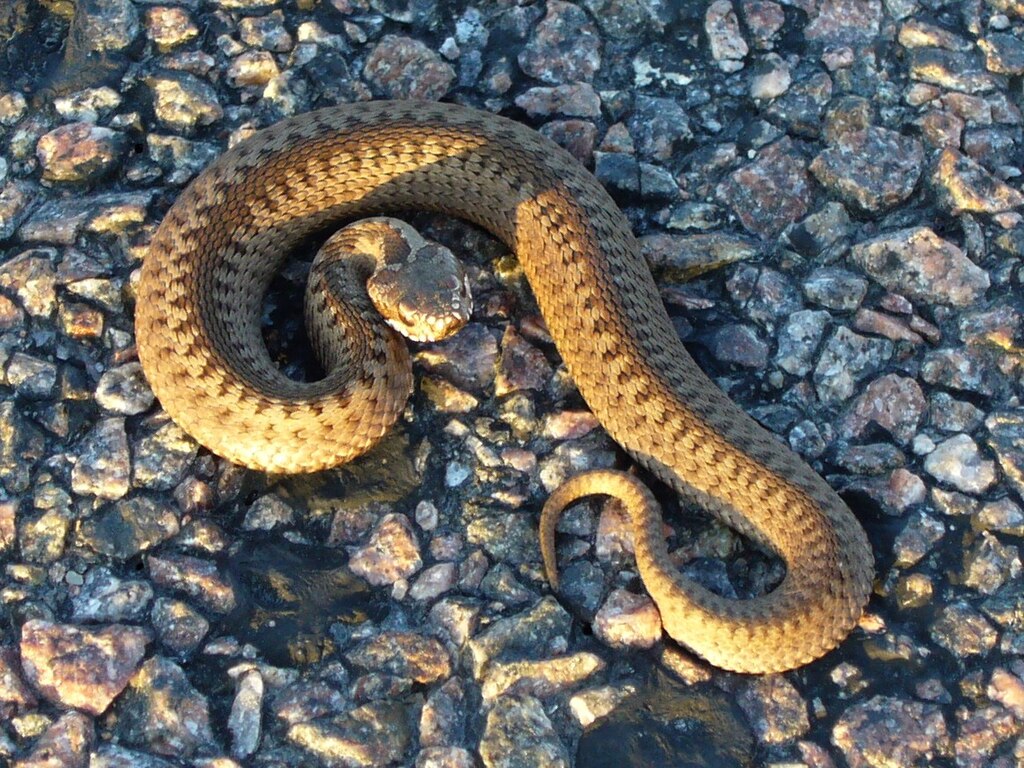
Rehabilitating an underweight snake requires a comprehensive approach addressing both nutritional needs and potential underlying causes. First, schedule a veterinary examination to rule out parasites, disease, or other medical issues requiring specific treatment before focusing solely on weight gain. Once medical clearance is obtained, implement a strategic feeding plan offering smaller prey items more frequently, which can be less intimidating to appetite-suppressed snakes and easier to digest than larger meals. Ensure optimal environmental conditions, particularly precise temperature gradients that facilitate proper digestion—many underweight snakes benefit from slightly higher basking temperatures within their species’ acceptable range to boost metabolism. Stress reduction measures are equally important—minimize handling, provide ample secure hiding spots, and ensure the enclosure is positioned away from high-traffic areas of your home. For particularly stubborn cases, prey item manipulation techniques such as braining (exposing brain matter of pre-killed prey), scent-transferring with more desirable prey, or using prey item warming methods can help stimulate feeding responses in reluctant eaters working toward healthy weight restoration.
When to Seek Veterinary Care

While minor weight fluctuations can often be addressed through husbandry adjustments, certain scenarios demand prompt professional intervention from a veterinarian experienced with reptiles. Seek immediate veterinary care if your snake experiences rapid weight loss exceeding 10% of body mass over a short period, as this suggests potentially serious underlying medical issues rather than simple dietary concerns. Persistent refusal to feed extending beyond the normal fasting periods for your species—particularly when accompanied by other symptoms like lethargy, abnormal posturing, or respiratory distress—warrants professional evaluation. Visible regurgitation of meals more than 24 hours after feeding indicates digestive dysfunction requiring medical assessment, as does the presence of undigested food in feces. For obese snakes, veterinary guidance becomes essential when weight-related complications appear, such as difficulty moving, labored breathing, or signs of reproductive issues in breeding females. Remember that establishing a relationship with an exotic animal veterinarian before emergencies arise ensures faster and more effective treatment when weight-related concerns do develop.
Preventing Weight Problems Through Proper Husbandry

Preventing weight problems begins with creating an environment that naturally promotes healthy weight maintenance through species-appropriate husbandry practices. Design enclosures that encourage physical activity by providing adequate space—at minimum, allowing length plus width equal to the snake’s length—and incorporate climbing opportunities, multiple hiding spots at different height levels, and terrain variations that simulate natural habitat features. Establish proper temperature gradients with distinct basking areas and cooler retreats, enabling your snake to thermoregulate effectively, which directly influences metabolic rate and digestion efficiency. Develop a feeding regimen based on research-backed recommendations for your specific species and the individual snake’s life stage, understanding that juvenile growth phase feeding schedules differ significantly from adult maintenance needs. Implement regular health monitoring routines including monthly visual body condition assessments and quarterly weighing sessions to catch subtle changes before they develop into significant problems. Finally, prioritize environmental enrichment through habitat complexity, occasional supervised exploration outside the enclosure, and naturalistic feeding methods that engage hunting behaviors, helping maintain both physical and psychological well-being that supports appropriate weight management.
Conclusion
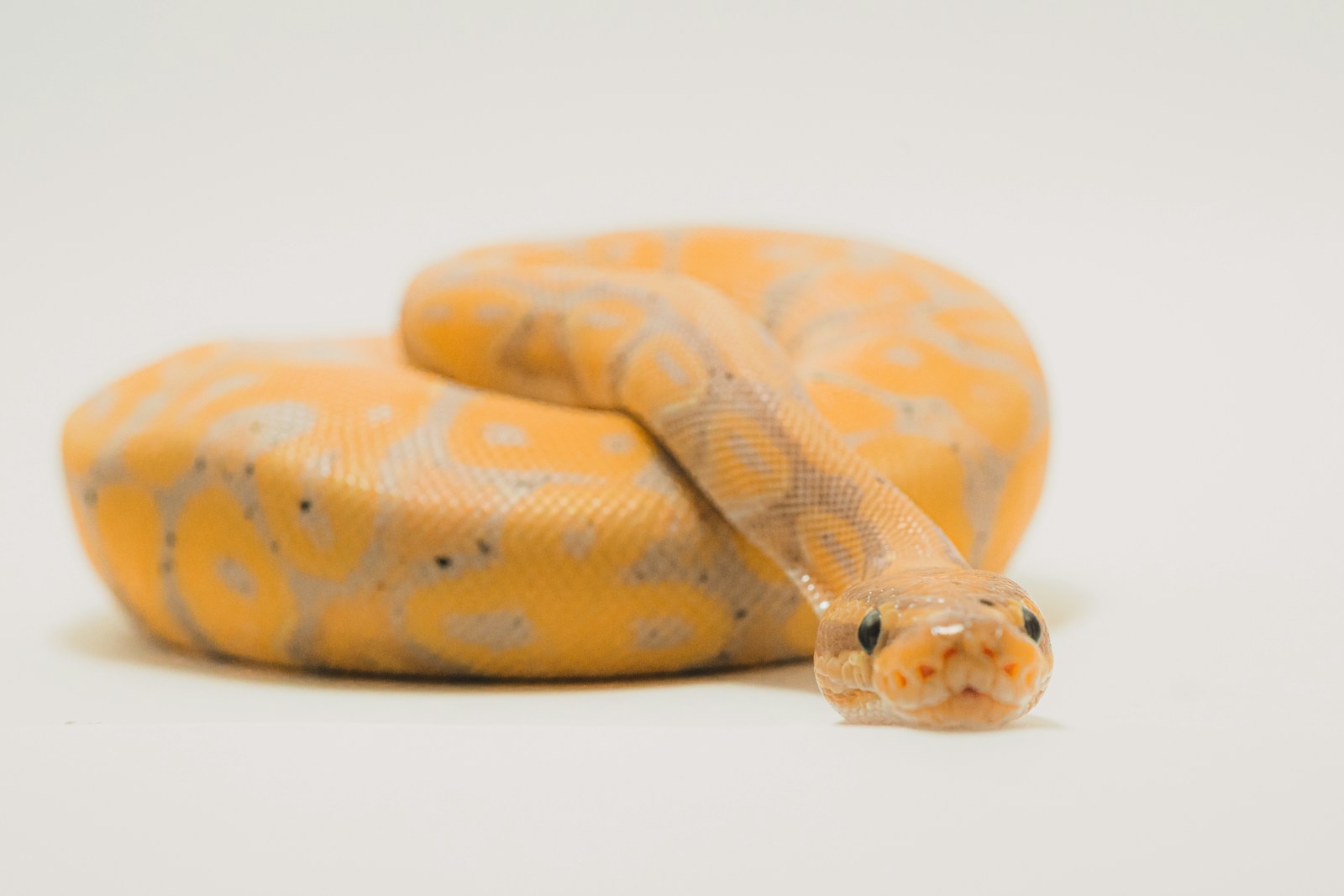
Maintaining appropriate weight in your snake requires attentiveness, knowledge, and consistency. By familiarizing yourself with the normal body condition for your specific species and regularly monitoring for changes, you can detect and address weight issues before they impact your pet’s health significantly. Remember that weight management extends beyond simple feeding adjustments—it encompasses the entire spectrum of captive care including habitat design, temperature regulation, stress management, and activity opportunities. When implemented properly, these practices create an environment where your snake can thrive at a healthy weight. Should concerns arise despite your best preventative efforts, don’t hesitate to consult with a reptile veterinarian, as early intervention offers the best prognosis for returning your serpentine companion to optimal condition. With the right approach, your snake can enjoy a long, active life free from the complications of weight-related health issues.

